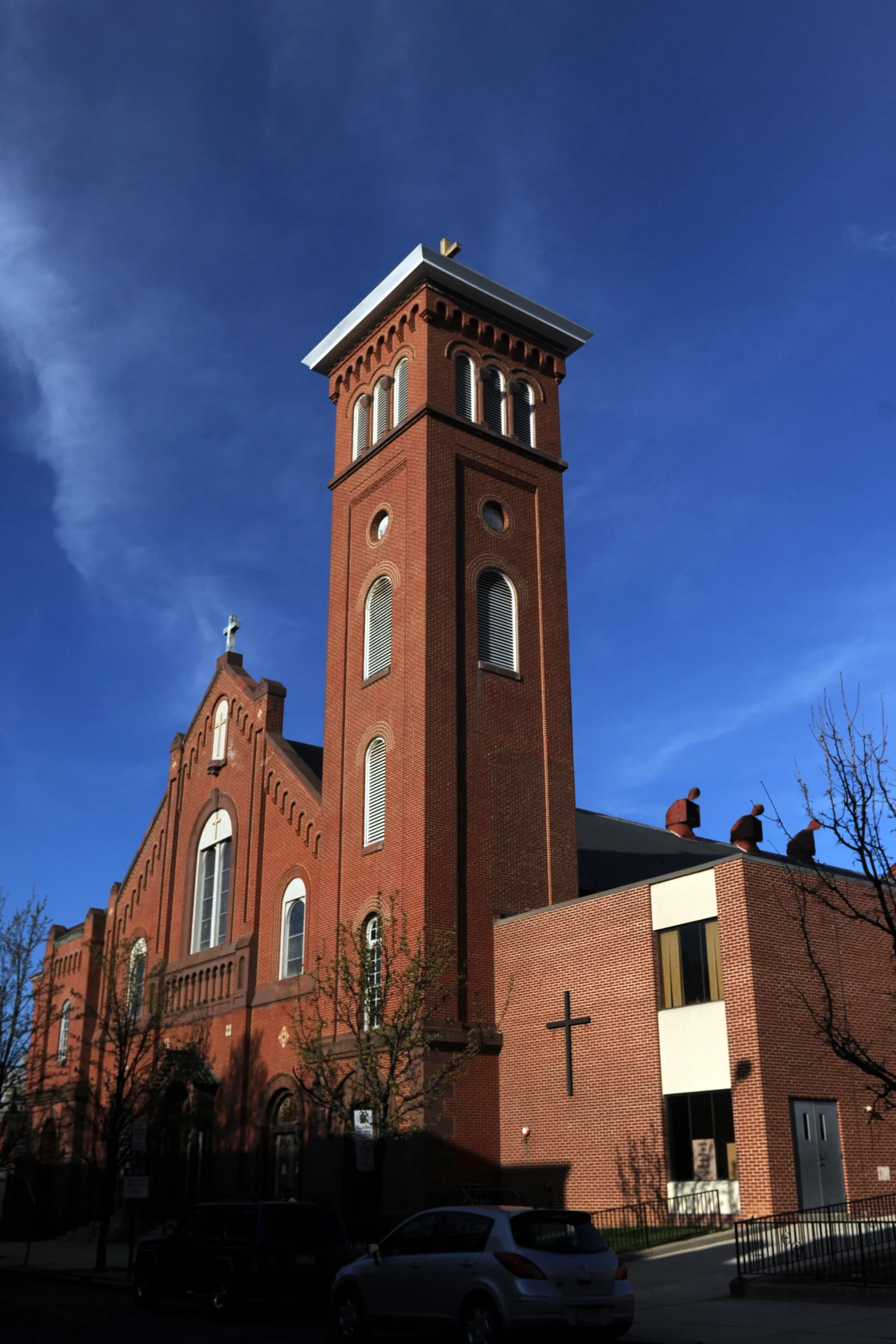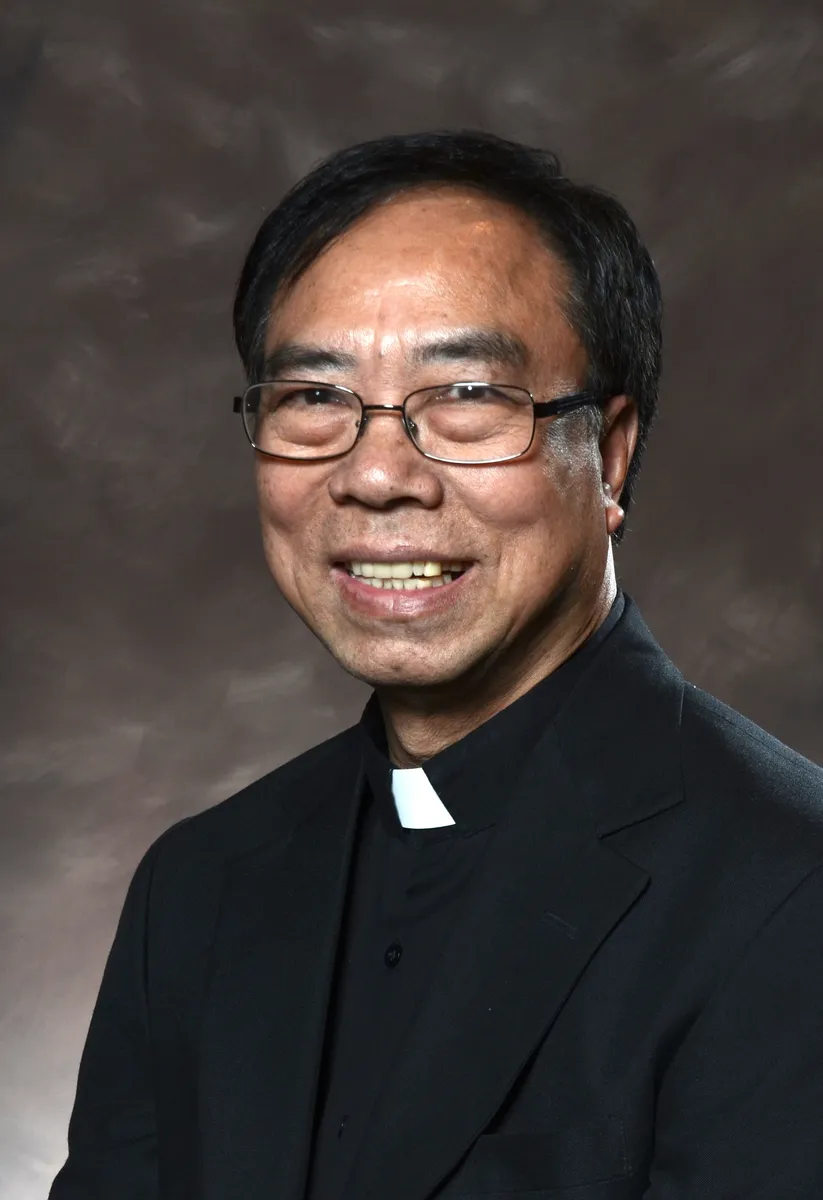
Nestled in the heart of Reading, Pennsylvania, St. Paul’s Roman Catholic Church stands as a beacon of faith and tradition, its rich history woven into the very fabric of the community it serves. Since its foundation amid the tumultuous days preceding the Civil War, St. Paul’s has not just been a place of worship but a cornerstone of community life and an enduring testament to the power of faith in guiding and uniting people from diverse backgrounds. Its story is one of resilience, growth, and an unwavering commitment to serving its congregation and the broader community.
The architecture of St. Paul’s, with its Romanesque design and impressive interiors inspired by High Renaissance art, speaks volumes about the community’s aspirations and reverence for spiritual spaces. Over the years, the church has been a silent witness to pivotal moments in history, adapting and growing with the times. From its early days serving German immigrants to its role today as a vibrant multicultural parish, St. Paul’s has evolved to reflect the changing face of its congregation, welcoming all with open doors.
The leadership and community at St. Paul’s have always been at the forefront of social and spiritual initiatives, from founding schools and hospitals to providing refuge and support to immigrants and those in need. The church’s role during significant historical moments, such as the arrival and integration of the Vietnamese community and the flourishing of its Hispanic congregation, underscores its importance as a sanctuary of hope and a force for unity and social cohesion.

And he put all things under his feet and gave him as head over all things to the church, which is his body, the fullness of him who fills all in all.
Saint Paul’s Roman Catholic Church has been a cornerstone of the Reading, PA community since it first opened its doors in 1860. It’s not just a place for worship; it’s a witness to the stories of countless individuals and families over the decades. Starting with its early days during the Civil War era, the church was a home for German-speaking immigrants. Fast forward to today, it embraces a vibrant mix of cultures, including a significant Hispanic and Vietnamese presence. Through ups and downs, including changes in leadership and the community it serves, St. Paul’s has adapted and grown, always keeping its doors open wide.
The church itself is a piece of art, reflecting significant architectural and cultural shifts over the years. It’s seen renovations and restorations, each layer adding to its rich tapestry.
If you’re curious about the detailed journey of St. Paul’s and the body who has built it, learn more using the buttons below and discover how St. Paul’s has been a beacon of faith and hope and community in Reading.
Church Leadership
Msgr. John J. Grabish

Able to assist you in English or Spanish
Born
July 30, 1946 – Pottsville, PA
Entrance into the Seminary
1963
Priesthood Ordination
1972
Priesthood Assignments
- St. George, Shenandoah – 1972 (2 ½ months)
- St. Anne’s & Bethlehem Catholic High School, Bethlehem – 1972
- St. Peter’s, Reading – 1974
- St. Bernard’s, Easton – 1982 (8 months)
- Holy Infancy, Bethlehem – 1982
- St. Bernard’s & St. Michael’s, Easton – 1994
- Sacred Heart and Our Lady of Mt. Carmel, Allentown – 2001
- St. Paul’s & St. Joseph’s, Reading – 2014 to the Present
Fr. Quyet Pham

Able to assist you in English or Vietnamese
Born
May 5, 1950 – North Vietnam
Arrival in USA
1992
Entrance into the Seminary
1994
Priesthood Ordination
2004
Priesthood Assignments
- SS. Simon and Jude, Bethlehem – 2004
- St. Catharine of Siena, Reading – 2005
- St. Paul, Reading – 2006 to the Present